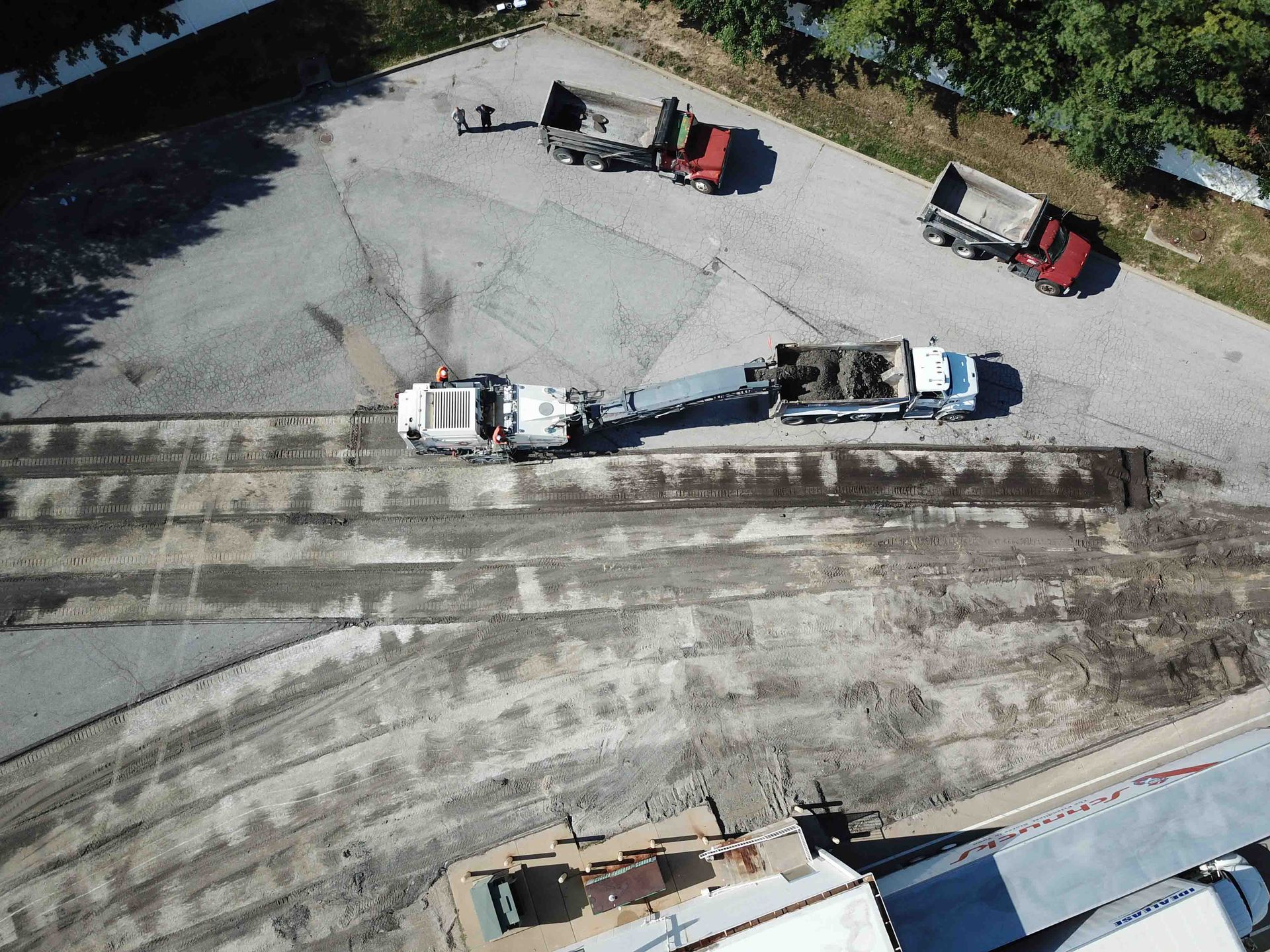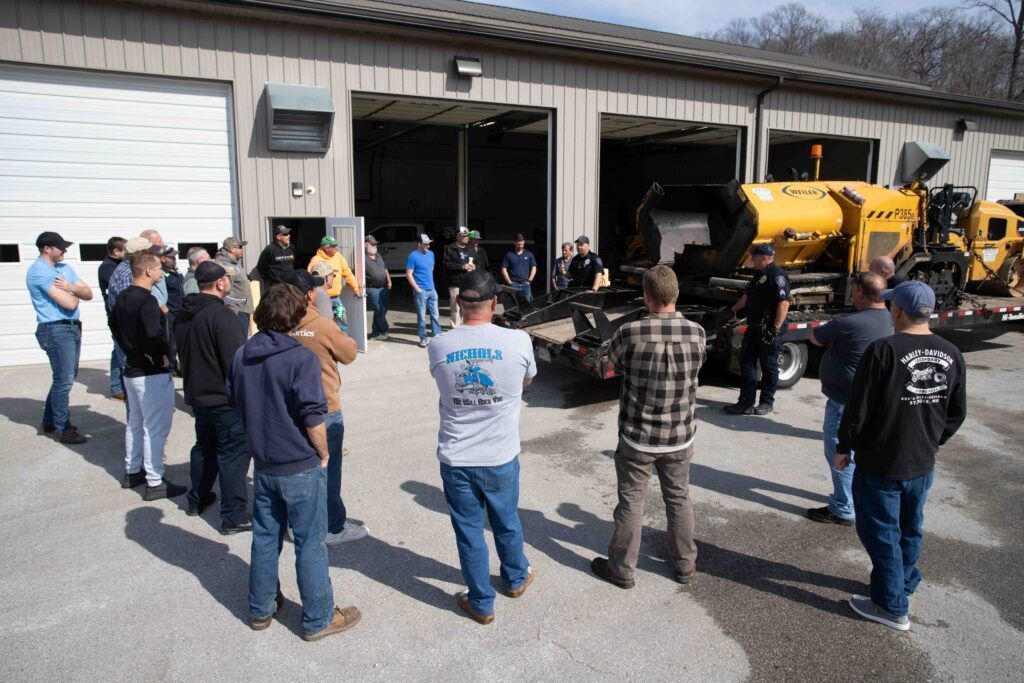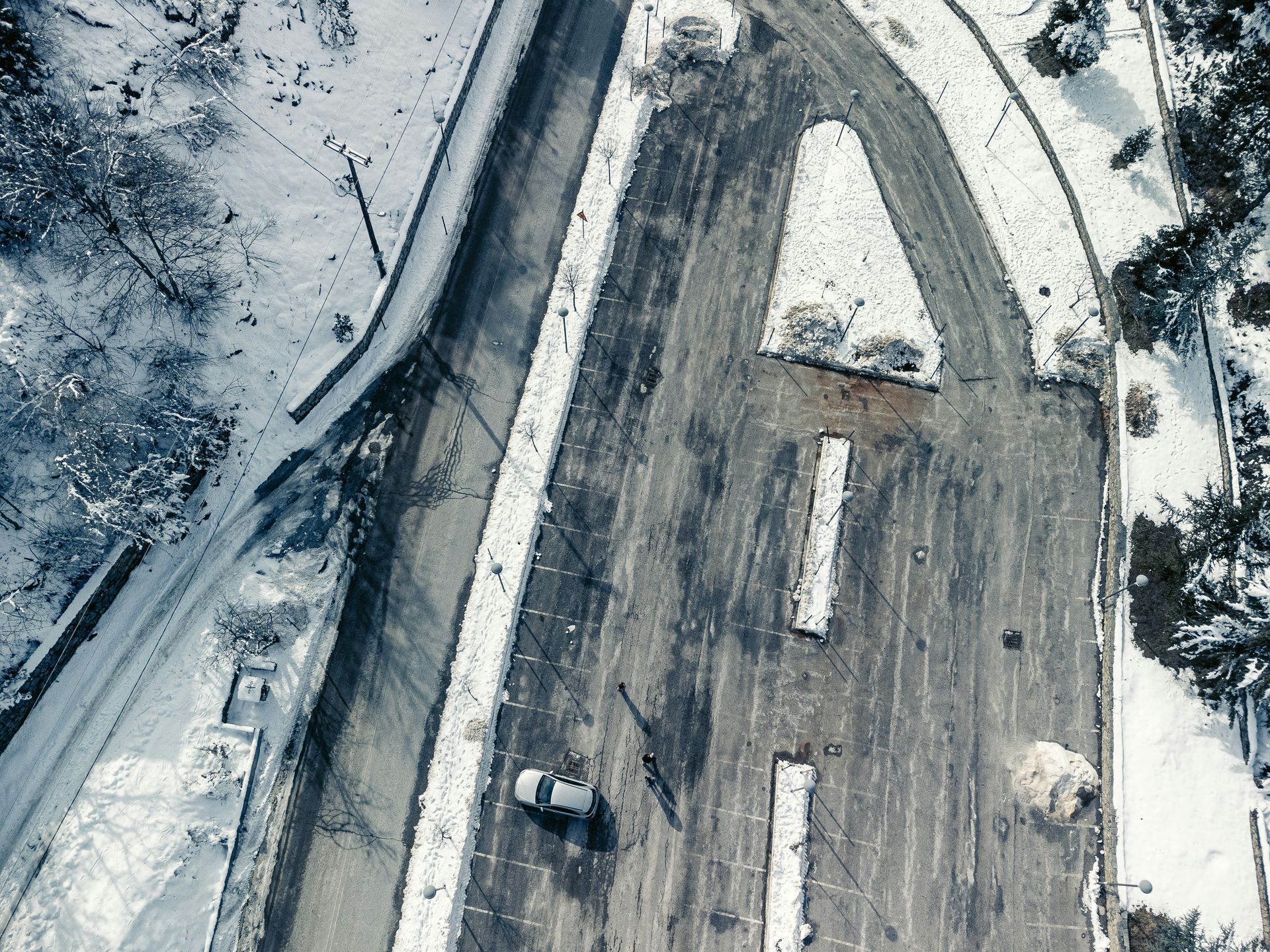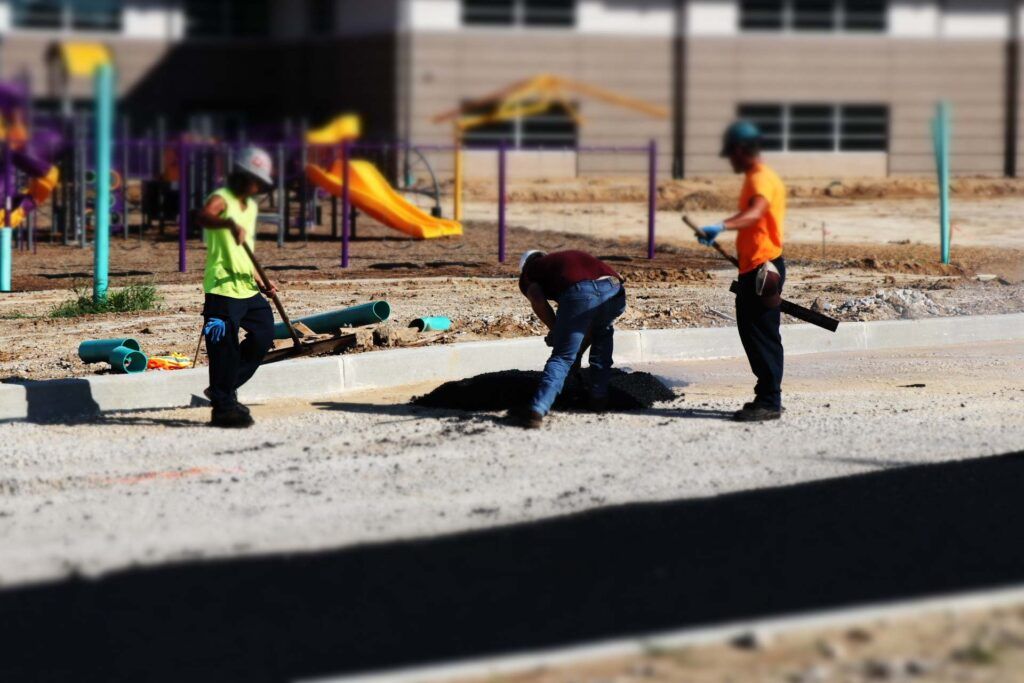Tips for Property Owners Planning a New Asphalt Project
Proper planning can make all the difference if you're planning a new asphalt project for your commercial property, whether a parking lot, private roadway, or facility expansion.
New asphalt pavement is a long-term investment in your property's functionality, safety, and appearance.
Knowing what to expect throughout the process helps ensure smooth execution and better results.
Let's cover key tips and considerations that property owners should consider when preparing for a new asphalt installation.
Start with a Clear Scope of Work
Every successful paving project starts with a well-defined plan. Before reaching out to contractors, take time to outline what you need.
Consider the size and purpose of the paved area—will it serve customers, delivery trucks, employees, or all of the above? Will it be subject to heavy loads or frequent traffic?
You'll also want to factor in drainage, safety features, and ADA compliance requirements. A clear scope helps your paving contractor understand your goals and offer the best solutions.
Choose the Right Contractor
Choosing the right commercial asphalt contractor is one of the most critical steps in the process.
Look for a licensed, insured, and experienced company that specializes in commercial paving projects similar to yours. Ask for references and photos of past work.
During consultations, ask detailed questions about the timeline, materials, warranty, and process for handling unexpected issues. Ensure you receive a written estimate outlining all expected costs and clearly defining the scope, schedule, and materials.
Understand the Site Preparation Process
Proper site preparation is essential for creating long-lasting pavement.
This phase may include clearing existing debris or vegetation, excavating soft soils, compacting the sub-grade, and installing a strong base layer. These foundational steps help prevent future issues like potholes and surface cracking.
Expect some disruption during this stage—heavy equipment, dust, and limited access to parts of your property are standard. A good contractor will work with you to manage the impact and keep you informed throughout the process.

Know the Asphalt Installation Steps
Once the site has undergone the proper preparatory steps, asphalt installation can begin.
Most commercial asphalt surfaces feature a series of layers that comprise the entire structure.
- A sub-base for stability and load distribution
- A base course of aggregate for structural strength
- A binder layer (optional in some applications)
- A top surface layer of fine asphalt mix makes for a smooth, durable finish
Each layer is installed and compacted in sequence. Your contractor will schedule installation based on the weather, as asphalt requires specific temperatures to cure correctly.
Understanding these steps helps you set realistic expectations and timelines.
Plan for Proper Drainage
Water is one of the biggest threats to asphalt longevity. Without proper drainage, water can pool on the surface or seep into the layers below, causing cracking, potholes, and erosion.
Ensure your paving plan includes slope calculations and appropriate drainage solutions, such as curbs, gutters, or catch basins.
Your contractor should also explain how they are managing runoff and where water will go during storms.
Timeline & Scheduling Considerations
Most commercial asphalt projects can be completed within a few days or weeks, depending on their size and complexity. However, weather delays, permitting, and curing times can impact the schedule.
If your project occurs at an active facility, coordinate closely with your contractor to minimize disruption.
You may need to schedule work in phases or off-peak hours to keep traffic flowing and business operations on track.
Budgeting & Cost Expectations
Cost is always a concern when investing in commercial infrastructure. The total price of your asphalt project depends on several factors: site conditions, project size, material choice, drainage needs, and permitting fees.
Be sure to ask for a comprehensive estimate and set aside a contingency budget if unforeseen issues arise.
Remember that while the upfront cost might seem high, a properly installed asphalt surface pays off with decades of use, low maintenance, and increased property value.
Post-Installation Expectations
After the paving is complete, the surface will need time to cure.
Light foot traffic may be allowed within a day, but vehicle traffic—hefty loads—should be delayed until the asphalt fully cures (typically 24–72 hours, depending on temperature and other external factors).
Your contractor may install temporary striping or signage while the pavement cures. Before the project is complete, a final walk-through and inspection ensure that everything meets your expectations.

Plan Out Your Maintenance from Day One
Planning for maintenance early helps you protect your investment.
Within six months to a year of installation, consider applying a seal coat to shield the surface from UV rays, water, and chemicals. Regular sweeping, prompt crack repair, and fresh line striping will also extend the life of your asphalt.
Work with your paving contractor to establish a maintenance schedule that matches your usage patterns and climate.
Work With Leritz Busy Bee Paving
A new asphalt project is a significant upgrade to any commercial property. Still, it requires careful planning and the right team to get the job done right.
By understanding the process, setting clear goals, and working with an experienced paving contractor, you can ensure a smooth project and a durable surface that serves your property for years.
At Leritz Busy Bee Paving, we specialize in commercial paving projects, including parking lots, municipal roads, and asphalt maintenance. If you're unsure where your project falls—or need help navigating local processes—we're here to help.
Contact us today to discuss your paving needs or request a free estimate.







